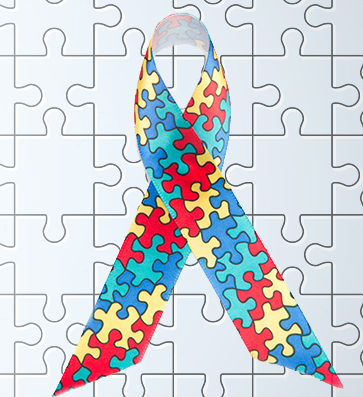The CDC says 1 in 68 U.S. children have a diagnosis of Autism Spectrum Disorder (ASD), a 30% increase from findings two years ago.
 According to a report released by the Centers for Disease Control and Prevention (CDC), 1 in 68 U.S. children have a diagnosis of Autism Spectrum Disorder (ASD), a 30% increase from findings two years ago. The report also finds the diagnosis more dominant in males than females. What does this mean and why the large gain in those affected?
According to a report released by the Centers for Disease Control and Prevention (CDC), 1 in 68 U.S. children have a diagnosis of Autism Spectrum Disorder (ASD), a 30% increase from findings two years ago. The report also finds the diagnosis more dominant in males than females. What does this mean and why the large gain in those affected?
The Researcher’s Point of View
“While the exact contributions of the sources of this increase are not fully understood it is important to understand that the number of individuals identified as showing symptoms of ASD depend on several factors,” said Dr. Lars Ross of the Derner Institute of Advanced Psychological Studies at Adelphi University, “including the awareness of symptoms in the public, health care professionals and teachers, and how broadly ASD is defined and general diagnostic practices. Over the last decades, diagnostic criteria as well as overall public and professional awareness of the disorder has greatly changed and continues to change due to increase in media coverage, funding for research and new findings and intervention provided by public and private institutions.”
Dr. Ross adds, “However, information about the disorder, present support and services as well as tendencies to seek professional help by parents and caretakers may differ between communities with different socioeconomic and cultural backgrounds. This is in line with the large differences in numbers between regions/states in the CDC report. In regions (e.g. Alabama vs. New Jersey) and populations (e.g. white vs. black children) with greater access to information and service children with average IQ are more likely to pick up an ASD diagnosis. Underserved communities may therefore have a higher “diagnostic threshold” and it may be more common that a child is seen by a professional and eventually diagnosed when presenting with other more severe problems such as intellectual disability or disruptive behavior. This would be in line with the statistics released in the CDC report.”
“Another example is the difference in prevalence rate between males and females. ASD presents in females differently than in males and remains often concealed. Girls often may receive a diagnosis when they present with more severe intellectual disabilities. This may contribute to a lower prevalence rate and lower average intellectual abilities in girls diagnosed with ASD. While it is very likely that the incidence in ASD is lower in females and there are several theories that offer explanations for this difference, we may find this difference to decrease in the years to come as awareness about these differences in presentation increases,” Dr. Ross said.
He concludes with, “What we need now is the public to better understand how important scientific research is. We need more funding for research of etiology, risks, diagnosis and effectiveness of interventions so that more and more children with problems are identified early and ultimately have the chance to receive appropriate and effective support.”
The Clinician’s Point of View
“It likely means that we have better screening, better awareness among professionals, and that parents have become more sensitive to their child’s development,” said Mitch Nagler, MA, LMHC, Director of the Bridges to Adelphi Program at Adelphi University in Garden City, NY.
“There is also a greater emphasis on getting services to children at an earlier age, than there has been in the past. Children’s behaviors are now evaluated earlier in order to get services, and present options to their families. We can now identify ASD as early as 18 months of age,” Mr. Nagler said. “By getting early intervention therapies, children have a greater opportunity to overcome obstacles, and be set on a path with better outcomes than before.”
The Bridges to Adelphi Program offers individualized, comprehensive, academic, social, vocational and peer support services to Adelphi students who self-disclose with ASD or other non-verbal learning disorders. Launched in 2007, it is one of the only ancillary support programs nationwide designed for college students in this population; it goes well beyond traditional disability support services.
For further information, please contact:
Todd Wilson
Strategic Communications Director
p – 516.237.8634
e – twilson@adelphi.edu